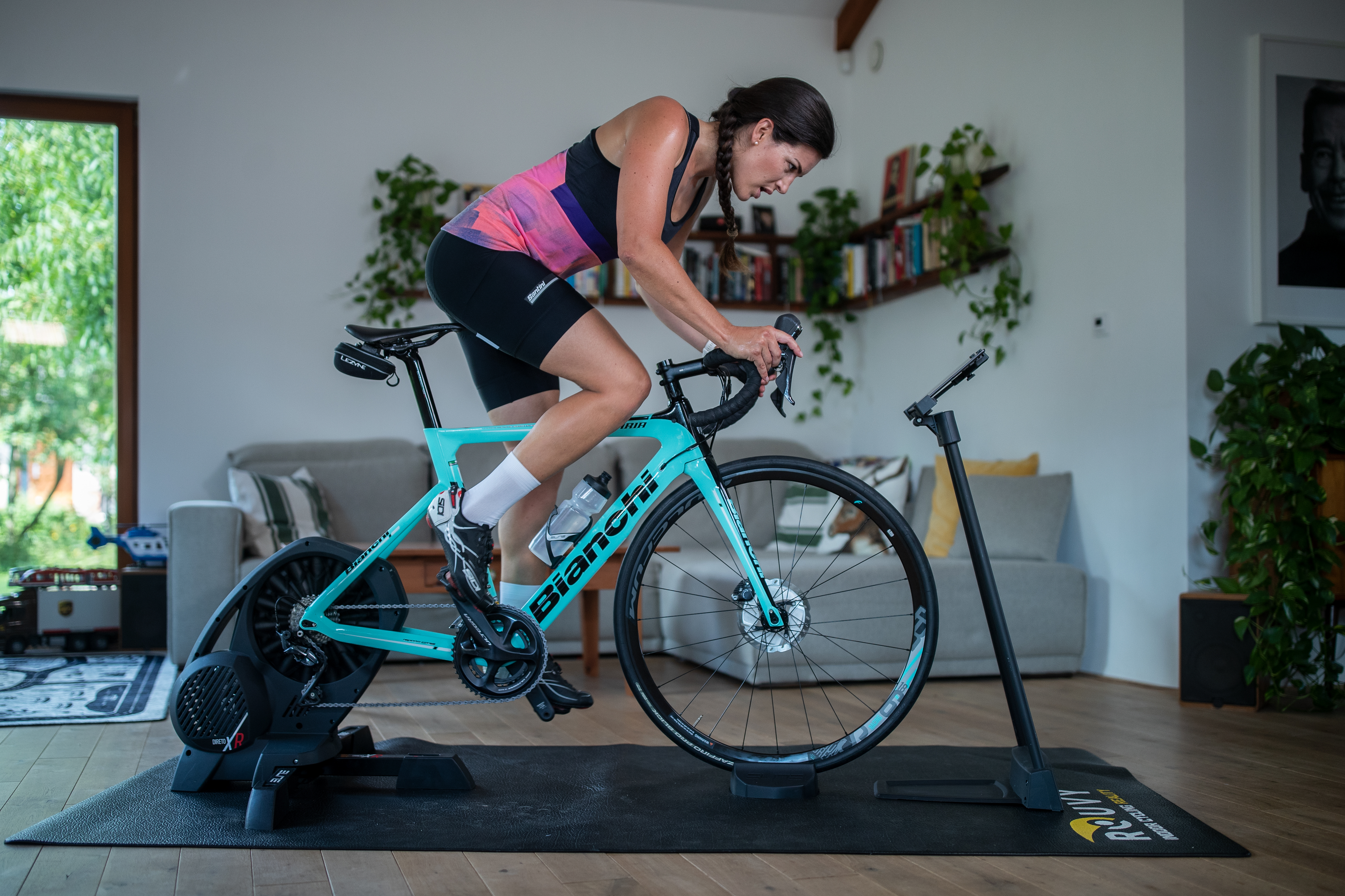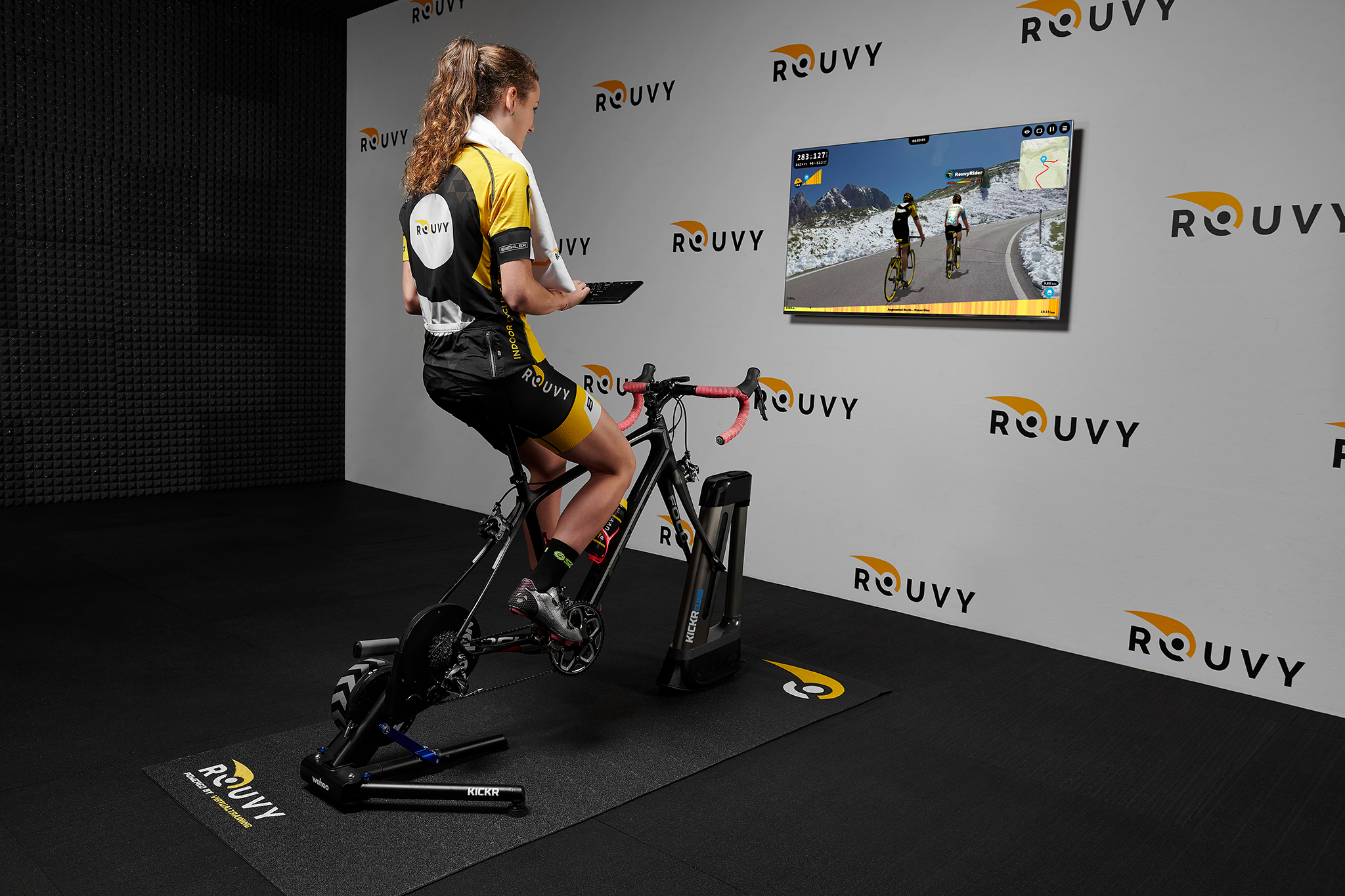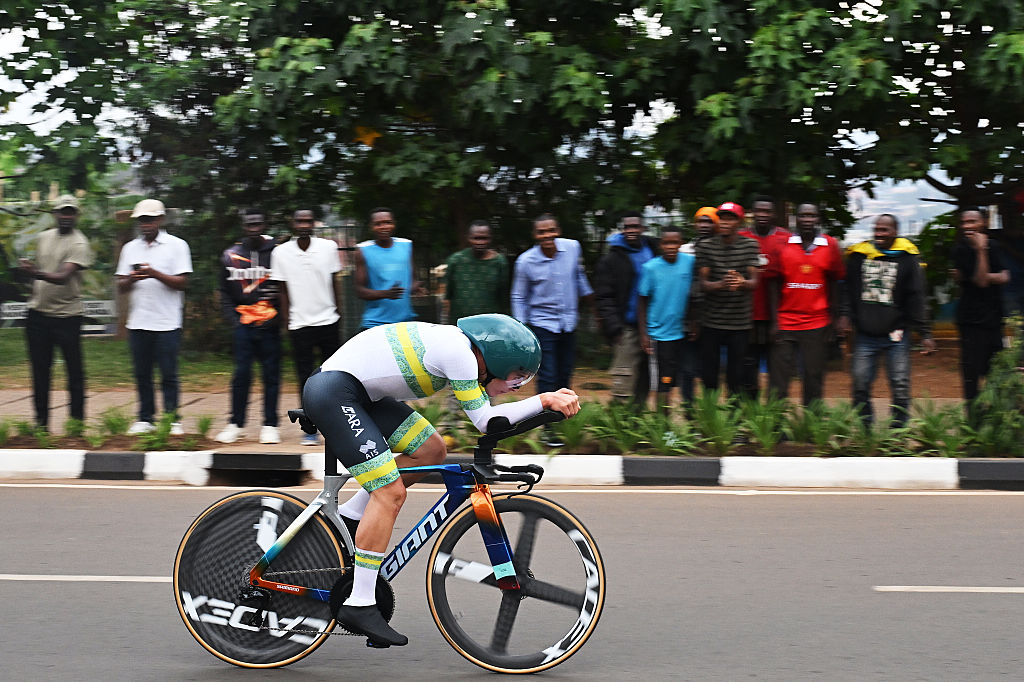Five common challenges for women who are new to cycling and tips to overcome them
Building confidence, combatting safety concerns and finding the right equipment can help overcome some of the barriers to cycling

Beginning to cycle again is daunting. There is traffic to navigate, equipment to buy or adjust, fitness to build up, and perhaps a new skill to learn or relearn. Each of these concerns can become overwhelming and a barrier in themselves to going out cycling, so here are some tips to try to overcome them.
Build Confidence
Women are more likely than men to describe themselves as “inexperienced cyclists” and as lacking in confidence. Finding this confidence can be difficult when beginning to cycle again as it encompasses every aspect of the sport; how you feel on a bike, how you think others will perceive you, and how you navigate the roads.
One way to start building confidence is to begin off-road – in a park, a closed supermarket carpark or a business park on a weekend when it is quiet. Perhaps ask some friends to join or find a community cycling club that you can join while gaining some more confidence. Riding on familiar roads and mapping out a regular route where you know every junction, roundabout and traffic light can also be helpful. Even indoor cycling can also help build up confidence.
And as Samra Said – chair of Cycle Sisters, a London-based organisation inspiring and enabling Muslim women to cycle – remembers, people around are always willing to help.
“When I was feeling like I was a liability, it wasn’t the same experience for the people who were helping me,” she says.
They were really comfortable to see me grow and able to see how far I’ve come, whereas I was like, ‘I don’t know what I’m doing,’ so I think having a supportive group like Cycle Sisters is a good starting point. There’s a comfort in the many, in the collective…and there’s a joy in doing things together.”
Combatting Safety Concerns
Being concerned about safety when first getting out on your bike is a common worry, but there are many ways to feel safer while cycling. Cycling in groups can sometimes make women feel safer on the roads and provide a way to meet people.
The latest race content, interviews, features, reviews and expert buying guides, direct to your inbox!
“In a group, you take up more space, and that makes them feel safe,” Adna Dumitrescu, co-founder of the Edinburgh-based cycling group Queens of Pain, notes. “So from this point of view, riding in a group can make people feel more comfortable riding alongside traffic…It might be daunting to be in a group, but there are benefits to it.”
British Cycling provides a list of their women-only rides available around the country, as well as those open to all cyclists, but groups exist everywhere, many specifically providing spaces for women of colour, queer women or transgender women, to ensure the safest and most enjoyable, experiences for female cyclists.
Or, when cycling alone, Sustrans provides a series of maps in the UK, detailing what percentage of the route is traffic-free while mountain biking is also a fun way to cycle free from worries about traffic.
Finding the right equipment

Cycling can be an inaccessible sport, guarded by the costs of equipment and clothing, as well as assumptions about them, particularly for women. But the classic stereotype of a “MAMIL (Middle Aged Man in Lycra)” isn’t one that every cyclist has to conform to.
Wearing appropriate clothing that aligns with your beliefs and makes you feel comfortable on a bike is all that you need to start cycling.
“If you’re going to use cycling as your transport, you do need to invest in some waterproof clothing and good lights,” Councillor Liz Clements – Birmingham’s Cabinet Member for Transport suggests.
Before buying any bikes, it is worth checking whether there are any rental schemes in the vicinity.
“There’s a lot of places in London where you can hire bikes… so just borrow a bike and challenge yourself to ride from point A to point B,” Said says. “There’s so much joy in achievement to see how far you can go.”
Mechanics
If buying a bike seems like the best option, it might be worth familiarising yourself with your bike so that you can fix a puncture, keep it clean, the chain oiled, and the tyres inflated to the right pressure.
But the mechanical side of cycling is not as daunting as it first seems, says Ruby Boyce, co-founder of the Edinburgh-based cycling club Queens of Pain.
“We all have our phones on, and YouTube is an amazing tool,” she says. If you’re going to go a bit further afield and you’re worried…know where the bike shops are going to be or if there is a train or bus that can take bikes.
“Or know you’ve got a generous friend you can call. I’ve done it. I phoned a friend a few weeks ago at the side of the road because I was having a meltdown because I was angry, and she came and picked me up.”
Start Simple
And, perhaps most importantly, make sure to start simple with achievable targets before building up to anything bigger.
“You don’t need to measure (how far you go),” Boyce says. “If it’s two streets away to a coffee shop. I think getting into the habit of leaving your house with your bike or travelling in small ways. You’ll realise it’s quite empowering and gives you a lot of independence and it’s not that scary when you get used to it.”
Cyclingnews created this content as part of a paid partnership with Rouvy. The contents of this article are entirely independent and solely reflect the editorial opinion of Cyclingnews.
Issy Ronald has just graduated from the London School of Economics where she studied for an undergraduate and masters degree in History and International Relations. Since doing an internship at Procycling magazine, she has written reports for races like the Tour of Britain, Bretagne Classic and World Championships, as well as news items, recaps of the general classification at the Grand Tours and some features for Cyclingnews. Away from cycling, she enjoys reading, attempting to bake, going to the theatre and watching a probably unhealthy amount of live sport.
